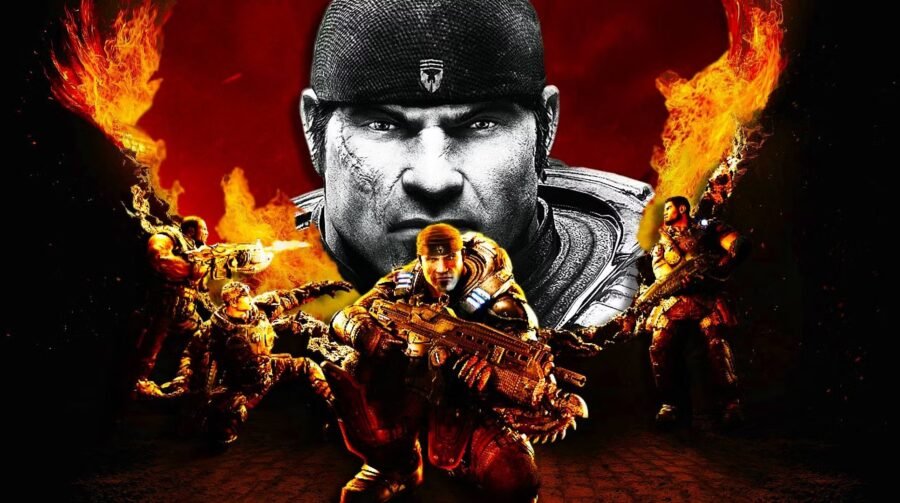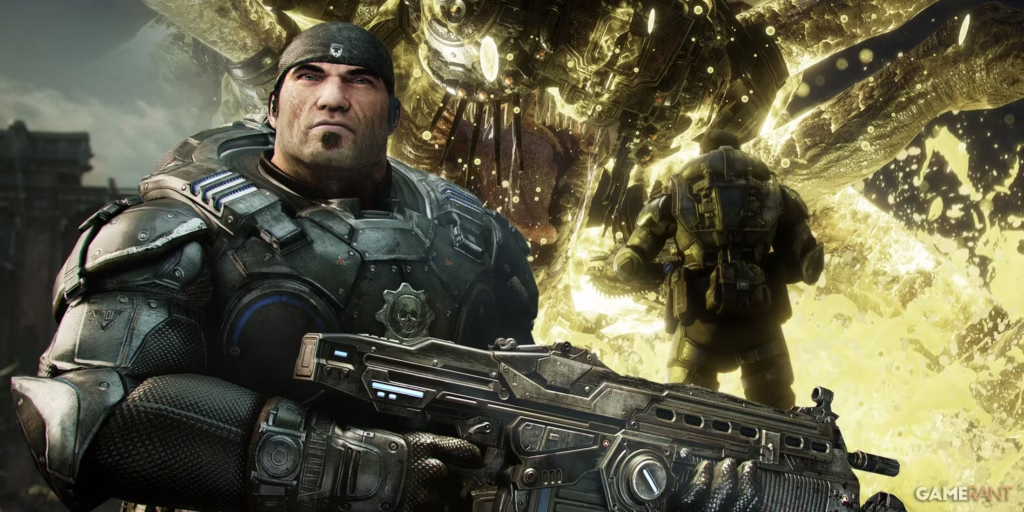Gears of War Reloaded is coming to PS5 and Xbox Series.
When a title transcends generations and remains relevant, it means it has left a strong mark. That's exactly what's happening with Gears of War Reloaded , a relaunch that revives one of Microsoft's greatest successes and now also opens up space on PlayStation. This arrival expands the franchise's visibility and brings interesting debates about performance, graphics, and cultural impact.

What's changed in this new edition?
Compared to the 2015 Ultimate version, Gears of War Reloaded undergoes a technical leap that updates the game to current standards. Higher resolutions, support for modern upscaling technologies, and stable frame rates ensure a refined presentation without altering the essence of the original title.
Those who follow Digital Foundry's analysis have already noticed that the attention to every graphical detail was taken seriously. On the PlayStation 5, for example, the experience reaches 1440p with upscaling to 4K, maintaining a stable 60 frames per second. If you want more fluidity, the 120 Hz mode comes into play, delivering smoothness without compromising the pace.
The difference between PS5 and PS5 Pro
With the arrival of Sony's new console, the PS5 Pro, Gears of War Reloaded received a version that takes advantage of PSSR, a technology that refines sharpness and improves visual quality. The resolution jump to 1620p with 4K upscaling reinforces that the premium console delivers an extra level of clarity.
However, what's striking is how even the base PS5 achieves incredible results. This parity shows that the team responsible for the relaunch didn't neglect either console. Both still support VRR , ensuring stability even when the frame rate varies.
And what about Microsoft's side?

It's impossible to talk about Gears of War Reloaded without also looking at the Xbox version. On the Series X, the game offers competitive performance against the PS5. The base resolution is 1440p, upscaled to 4K, and maintains a constant frame rate of 60 FPS . There's also the option to play at 120 Hz, which, despite reducing the resolution to 1080p, maintains considerable fluidity.
On the Xbox Series S, the performance is more modest, but still consistent. The console delivers 1080p with upscaling to 1440p at 60 FPS. In 120 Hz mode, the resolution drops to 720p, but the fluidity remains. The balance found for this model, even with more limited hardware, shows that the studio adjusted the adaptation well.
Graphic techniques and adjustments
Next, another highlight of Gears of War Reloaded is the visual improvements applied to the game. Shadows are more detailed, lighting is more precise, and HDR enhances environments and characters. Technologies such as FSR, DLSS, and PSSR reinforce the update, making the title competitive with current releases.
Still, some limitations remain. The cutscenes, for example, continue to run at 30 FPS, which contrasts with the rest of the game. Certain effects have also been preserved from the 2015 edition, functioning almost as a reminder of when the original title was released.
The issue of PC performance

Although much is said about consoles, it's worth remembering that Gears of War Reloaded is also coming to computers. There, the possibilities are even greater, since each machine can achieve different levels of graphic quality and frame rates.
Support for technologies like DLSS ensures that newer graphics cards take full advantage of the game . At the same time, the title has also been optimized to run on more modest configurations, maintaining the idea of accessibility.
After so many years, revisiting the story and combat of Gears of War Reloaded shows that some works manage to transcend generations without losing their impact. The technical update was well executed, consoles of different levels deliver consistent results, and the PlayStation audience finally has access to a title that marked an era.












